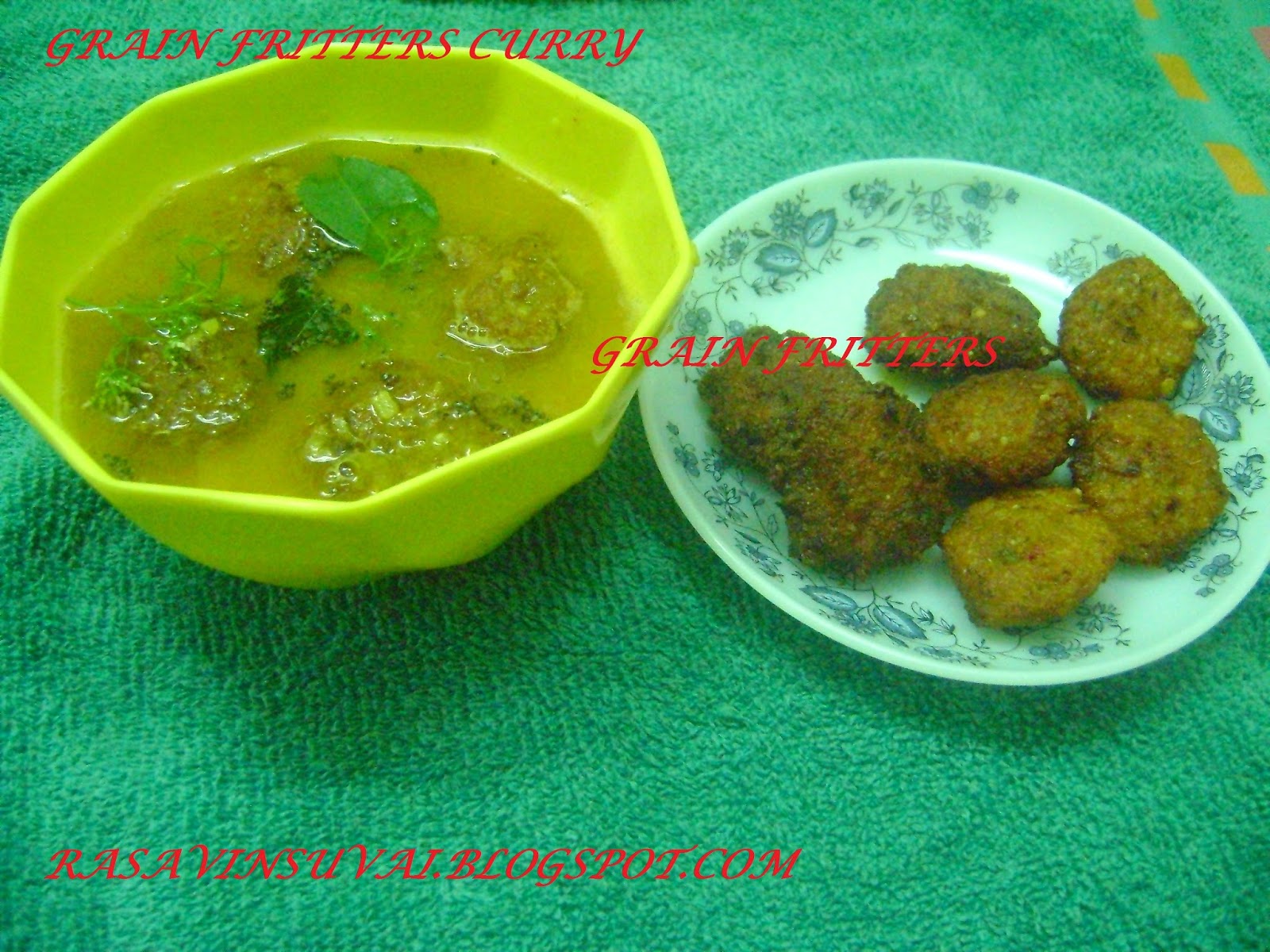Om shyamaye namah"
 |
| MANATHAKALI PLANT |
Culinary usage
S.nigrum has been widely used as a food since early times, and the fruit was recorded as a
famine food in 15th Century
China.
[17] Despite toxicity issues with some forms (see
Toxicity section), the ripe berries and boiled leaves of edible strains are eaten. The thoroughly boiled leaves — although strong and slightly bitter flavoured — are used like spinach as
horta, in fataya pies and quiches. The ripe black berries are described as sweet and salty, with hints of
liquorice and melon.
[18]
In
India, the berries are casually grown and eaten; but not cultivated for commercial use. The berries are referred to as "fragrant tomato." Although not very popular across much of its growing region, the fruit and dish are common in Tamil Nadu (மணத்தக்காளி in Tamil),
[19] Kerala, Southern Andhra Pradesh and Southern Karnataka.
In
Ethiopia, the ripe berries are picked and eaten by children in normal times, while during famines all affected people would eat berries. In addition the leaves are collected by women and children, who cook the leaves in salty water and consumed like any other vegetable. Farmers in the
Konso Special Woreda report that because
S. nigrum matures before the maize is ready for harvesting, it is used as a food source until their crops are ready.
[20] The
Welayta people in the nearby
Wolayita Zone do not weed out
S. nigrum that appear in their gardens since they likewise cook and eat the leaves.
[21]
In
Ghana, the unripe green berries are called "kwaansusuaa" or "abedru", and are used in preparing various soups and stews, including the popular palm nut soup commonly eaten with banku or fufu.
[22]
In
South Africa, the very ripe and hand-selected fruit (nastergal in
Afrikaans and umsobo in
Zulu) is cooked into a beautiful but quite runny purple jam.
[23]
In
Greece and
Turkey the leaves are called "istifno", and in
Crete known as "stifno". They are one of the ingredients included in the salad of
boiled greens known as
horta.
[24]
In
Indonesia, the young fruits and leaves of cultivated forms are used and are known as "ranti" (Javanese) or "leunca" (Sundanese). The fruit and leaves are eaten raw as part of a traditional salad
lalapan, or the fruit is cooked (fried) with
oncom.
[25]
It was imported into
Australia from
Mauritius in the 1850s as a vegetable during the gold rush,
[18] but
S. nigrum is now prohibited for trade as a food by the Australian New Zealand Food Standards Code.
[26]
Medicinal usage[edit]
The plant has a long history of medicinal usage, dating back to ancient
Greece. "... In the fourteenth century, we hear of the plant under the name of Petty Morel being used for canker and with Horehound and wine taken for
dropsy."
[27] It was a traditional European medicine used as a strong
sudorific,
analgesic and
sedative with powerful
narcotic properties, but was considered a "somewhat dangerous remedy".
[27][28] Internal use has fallen out of favor in
Western herbalism due to its variable
chemistry and toxicity, but it is used topically as a treatment for
herpes zoster.
[29][30][31][32]
S. nigrum is an important ingredient in traditional Indian medicines. Infusions are used in
dysentery,
stomach complaints and
fever.
[33] The juice of the plant is used on
ulcers and other skin diseases.
[33] The fruits are used as a
tonic,
laxative,
appetite stimulant; and also for treating
asthma and "excessive thirst".
[33] Traditionally the plant was used to treat
tuberculosis.
[34] It is known as Peddakasha pandla koora in the
Telangana region. This plant's leaves are used to treat mouth ulcers that happen during winter periods of
Tamil Nadu, India. It is known as
Manathakkali keerai in Tamil Nadu and
Kaachi Soppu in Karnataka, and apart from its use as a home remedy for mouth ulcers, is used in cooking like spinach. In North India, the boiled extracts of leaves and berries are also used to alleviate liver-related ailments, including jaundice. In Assam, the juice from its roots is used against asthma and whooping cough.
[35]
S. nigrum is a widely used plant in oriental medicine where it is considered to be antitumorigenic,
antioxidant, anti-inflammatory,
hepatoprotective,
diuretic, and
antipyretic.
[36]
Chinese experiments confirm that the plant inhibits growth of
cervical carcinoma in mice.
[37]










